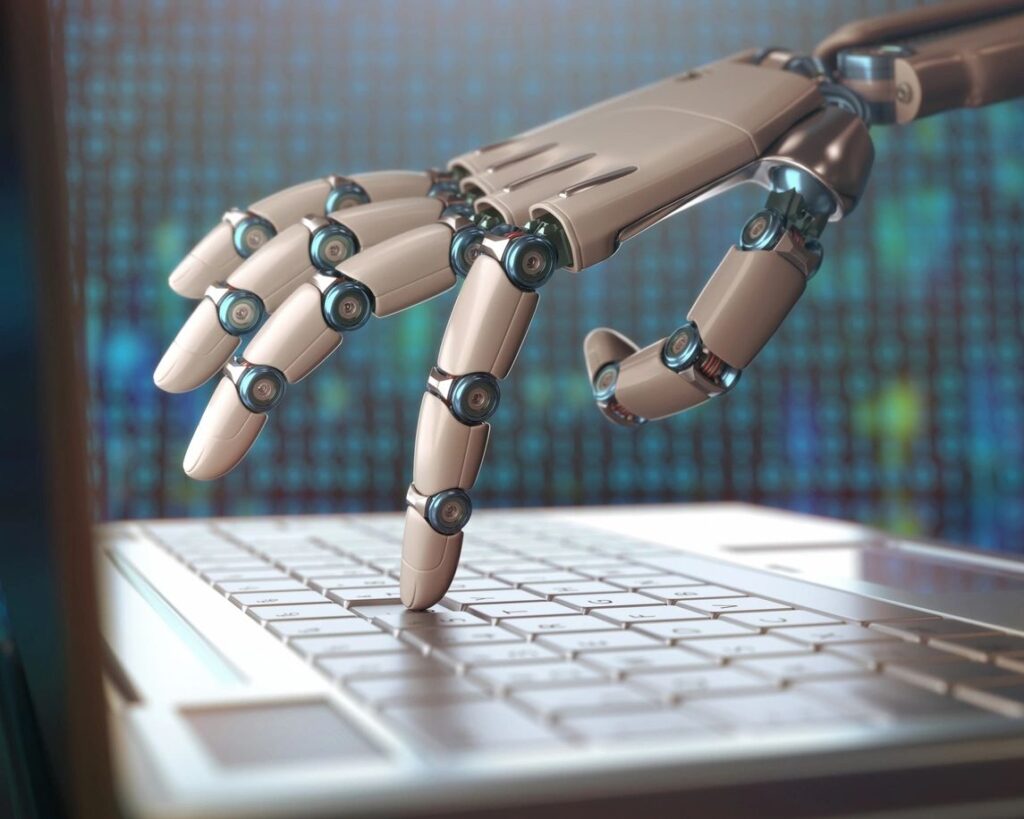
Artificial intelligence (AI) and robotics are two of the most transformative technologies of the 21st century. AI, with its ability to analyze and learn from data, is driving advances in automation and decision-making across industries. Robotics, on the other hand, has made it possible to develop machines that can perform a wide range of physical tasks with speed, precision, and efficiency. When these two technologies are combined, the result is a new class of intelligent machines that can work alongside humans and expand the possibilities of what we can achieve.
The potential of AI and robotics to transform industries is already evident in the healthcare, manufacturing, and transportation sectors. In healthcare, robots are being used to perform complex surgeries with greater accuracy and speed. In manufacturing, robotic automation has improved efficiency, quality control, and safety. In transportation, self-driving vehicles powered by AI are set to revolutionize the way we travel.
But the true potential of AI and robotics lies in their ability to work together to create intelligent machines that can adapt to changing circumstances, learn from experience, and collaborate with humans. This has already led to the development of collaborative robots, or cobots, which work alongside human workers to increase productivity and safety in manufacturing and other industries.
One of the most promising applications of AI and robotics is in the field of service robots. Service robots are designed to perform tasks that require interaction with humans, such as customer service, hospitality, and healthcare. With advances in AI, these robots are becoming more sophisticated in their ability to understand human speech and behavior, recognize emotions, and adapt to different situations. They are already being used in hotels, airports, and hospitals to provide assistance and support to customers and patients.
The intersection of AI and robotics is also driving innovation in the field of smart homes and cities. Intelligent machines powered by AI and robotics can help manage energy consumption, monitor security, and control home appliances, making life more convenient and sustainable. In cities, these machines can help manage traffic flow, detect and respond to emergencies, and monitor air quality and environmental conditions.
However, as with any transformative technology, there are also concerns about the impact of AI and robotics on employment, privacy, and security. Some fear that the rise of intelligent machines will lead to job displacement and exacerbate economic inequality. Others worry about the potential for AI to be used for malicious purposes or to infringe on personal privacy.
To address these concerns, it is important to ensure that AI and robotics are developed and used in a responsible and ethical manner. This requires collaboration between policymakers, industry leaders, and the public to establish guidelines and best practices for the use of these technologies.
In conclusion, the intersection of AI and robotics represents a new frontier in the development of intelligent machines that can work alongside humans and expand the possibilities of what we can achieve. As these technologies continue to evolve, it is important to ensure that they are used in a responsible and ethical manner, with a focus on improving the quality of life for all.